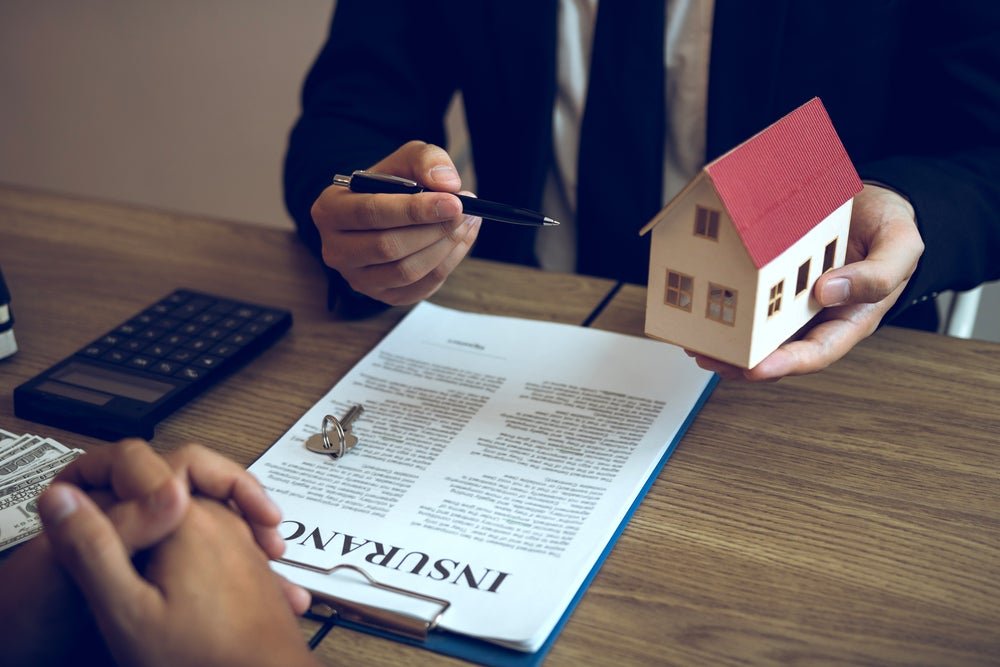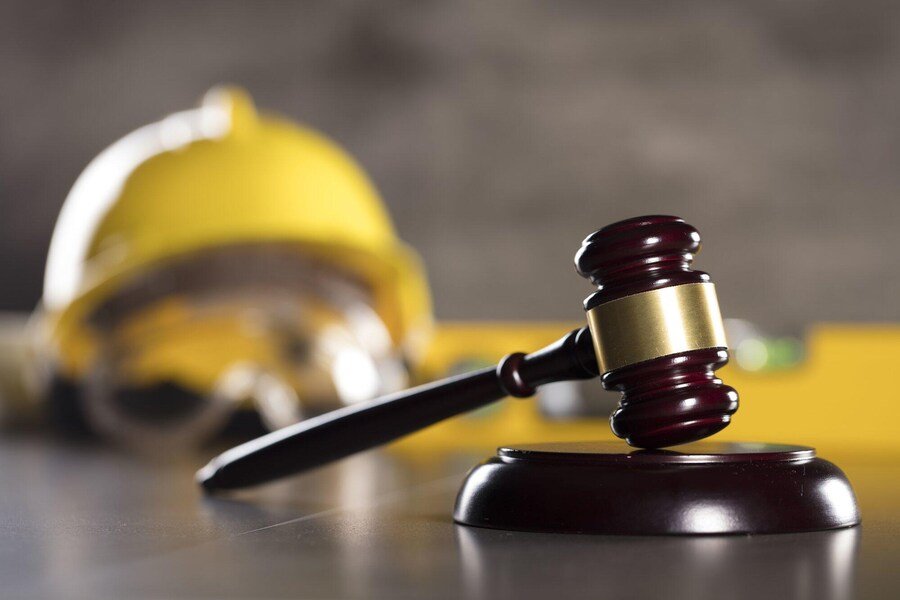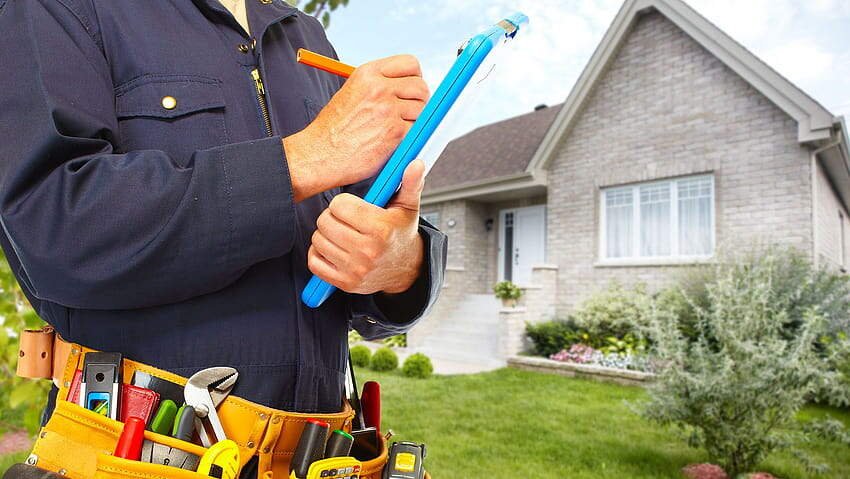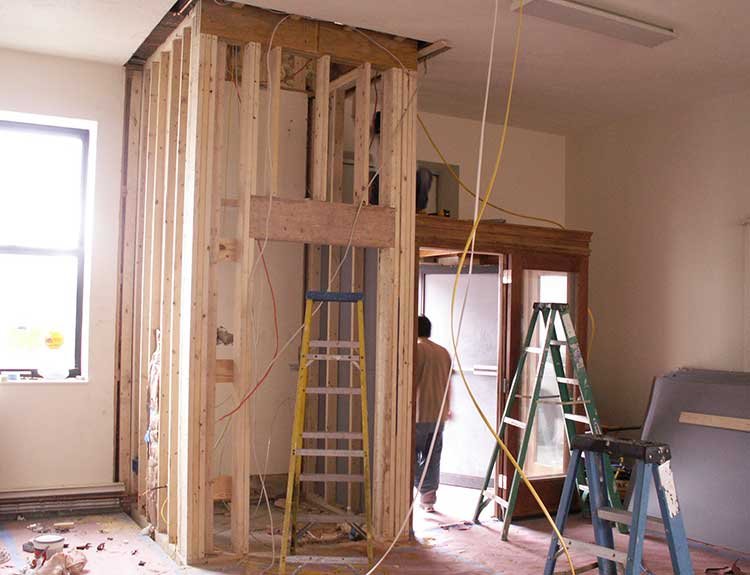Insurance companies want to ensure they are not taking on an unreasonable risk when they insure your property. Your application for insurance coverage could be denied if the insurer thinks the risk is too high, or your existing policy could be terminated if they discontinue it.
In this scenario, a homeowners insurance company is essentially stating that you cannot insure your property at this time. Keep reading to know the reason behind it.
You may also like:
- What You Should Know Before Buying Home Insurance
- The Leading Causes of Your Property Not Selling
- Steps to Follow While Buying a Single-Family Home in Pensacola
8 Things That Prevent Your Home to Be Insured
Geographical Position
You might not be qualified for homeowner’s insurance if your home’s location is considered high-risk. What characteristics give a place its high risk? There is a possibility that the neighborhood in which your house is situated has a high rate of criminal activity.
If this is the case, an insurance provider will be suspicious of the possibility that you will sustain property damage due to theft or vandalism. It’s possible to be accepted if you reside an excessively long distance from the nearest fire station or hydrant.
Because of the weather risks you face where you live, obtaining insurance can be more difficult for you or at the very least, it might be more expensive. If you live in an area prone to tornadoes or floods, you could have problems with the weather due to your location. In a region prone to specific natural catastrophes, such as hurricanes, you might have the option to purchase a separate policy to cover the risk posed by that hazard.
Dangerous Elements of the Home
Even if the neighborhood in which your home is situated does not provide any particular hazards, the property itself might. Consider the following instances of potentially dangerous elements found in homes:
- Roof made of wood without a fire-retardant finish, a top made of wood is likewise regarded as a potential fire source.
- A risk is posed by accumulating an excessive quantity of personal property, whether stacked up within your home or dispersed outside in a disorganized manner.
- Any potentially hazardous tree limbs or full trees that are located outside of your home and have the potential to fall onto your property are regarded as dangerous.
- Swimming pools and hot tubs create a liability risk because there is always the possibility that someone will drown in them.
- It is well known that trampolines result in injuries, and as a result, trampolines are seen as a liability risk. The potential for someone to fall out of a treehouse and sustain an injury makes treehouses a liability risk.
- The only consequence of having hazardous home features may be an increase in your premiums. Still, if your property has a high enough concentration, an insurance provider might decide not to provide coverage for your home.
Home Maintenance
If your house is in a state of deterioration, there is a good chance that the insurance provider will deny your application for homeowner’s insurance. Concerns relating to maintenance could encompass a wide variety of problems, including the following examples:
- A foundation with cracks
- Roof with leaks
- Obsolete electrical infrastructure
- Poorly functioning plumbing
- Broken windows
- A chimney that is either dirty or damaged
Detached structures
An inspector from your homeowner’s insurance company will visit your property to look for problems of this nature. Suppose the insurance provider has already given you your policy. In that case, the additional costs associated with these maintenance issues will be passed on to you through increased premiums.
Suppose the insurance company performs the inspection before the policy is issued. In that case, the firm can decline to insure you if they determine that your house poses a significant risk. The uplifting news is that these problems are amenable to resolution.
Certain insurers prohibit older mobile or modular homes from coverage. Providers’ cutoff ages vary.
Substandard Remodeling
Inadequate remodeling can render a home uninsurable in the same way terrible construction might. Even though home renovations have the potential to raise a property’s value, if they are not carried out correctly, the structure of the home could become hazardous.
The insurance company will want to make sure that the remodeled space adheres to all of the current construction requirements and does not put the plumbing or electrical wiring of the property in jeopardy. If the renovation is deemed below industry standards, the insurance company will likely refuse to provide coverage for your house.
History of Claims
An insurance company will, in the same way, look at your personal claims history and the claims history for the property. Check to see whether any insurance claims have been filed against the property you intend to buy before you do so. Investigate the circumstances surrounding any insurance claims that may have been filed against the property by a previous owner.
In some cases, a claim may show an underlying structural issue with the home that posed a risk to the prior tenants. Therefore, the insurer may refuse to cover you as a prospective resident. In addition, if several insurance claims have been filed against the home in the past, the insurance company may decide that the house is too high of a risk to insure and refuse to provide coverage.
Aging Mobile Home
Sometimes the problem with a house is not that it has been neglected but rather that it is simply too old. In most cases, problems arise more frequently in older homes. It applies to every house, but if you own a modular or mobile home, you should take extra precautions. How they’re built makes them less durable than most houses on foundations.
Faulty Building Construction
A home built below industry standards or of poor quality could also make it impossible to obtain homeowner’s insurance. The house can show apparent symptoms of damage when the structure is of substandard quality or when the foundation is weak. Because of this, the place won’t be able to be insured, and it won’t be safe for anyone to live in it.
Final Words
These residences give rise to worries regarding liability and are more prone to bring up frequent claims. Insurance companies won’t cover poorly-built homes because of the risk.














